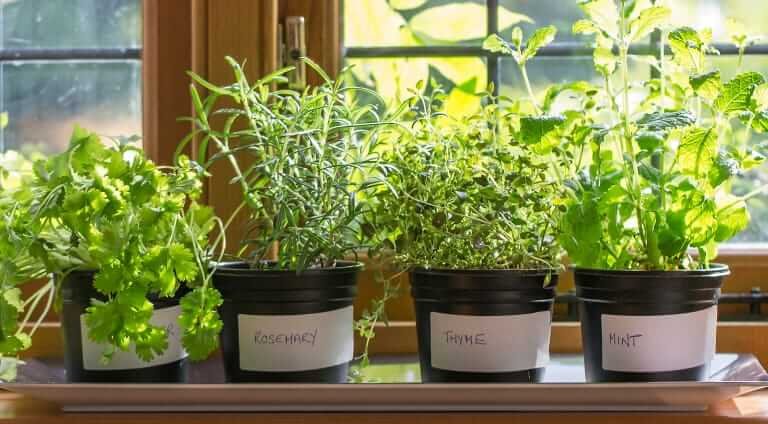

Urban gardening has really taken off in the past few years amongst Millennials. According to the National Gardening Survey, just over a third of all who garden today are between the ages of 18 and 34. And it’s a trend that continues to grow—no pun intended—as our desire for fresh, quality food increases.
But there is also practicality in gardening—whether you’re growing an entire garden or just tending to a few pots on your windowsill. It teaches you a sense of self-reliance and sustainability. Growing your own food, you’ll find, is a skill that pays off in multiple ways.
In this fast-paced, always-wired society, virtually anything ranging from your next meal or Amazon purchase to a romantic partner can be provided nearly instantaneously via your phone. It’s no wonder why many in our generation have gravitated towards a hobby that gives us a break from all that. Gardening is not only meditative, but it also teaches us delayed gratification while providing a deeper connection to nature.
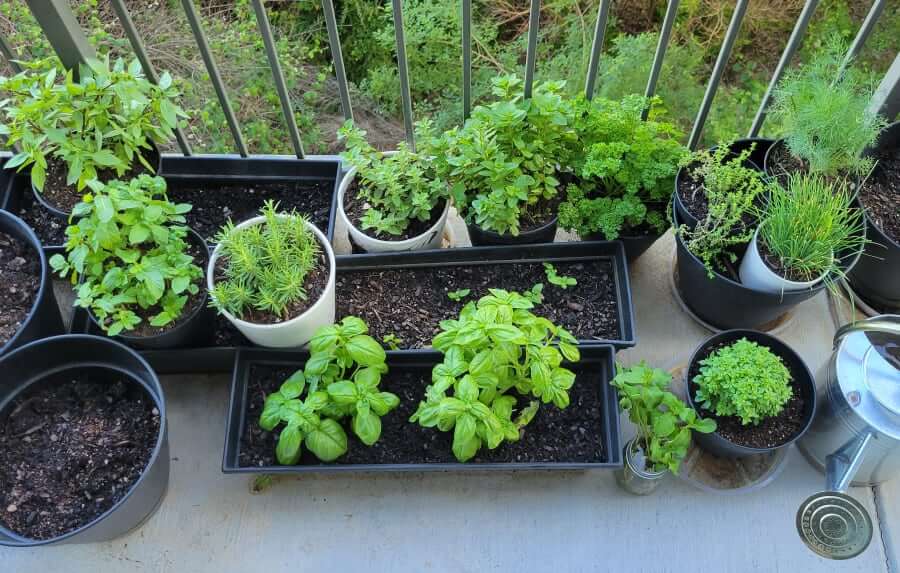
My current patio garden.
Of course, a lot of people are intimidated by urban gardening because they’re reminded of that time they returned home to wilted houseplants after a vacation. Perhaps they’ve told themselves they don’t possess the magical green thumb. Urban gardening is simple, inexpensive and isn’t as difficult if you start with the right plants.
Instead of spending $2-3 for a bunch of herbs from the grocery store, you can instead have your own herb garden in the convenience of your own home. Not only does this save you money, but it reduces your carbon footprint while ensuring you’re never without fresh herbs for your meals and cocktails.
Here are a few simple options that you can grow in your home whether it be in your kitchen, on your back patio, or simply next to a window—regardless of the amount of sunlight within your living space. You’ll soon discover, it doesn’t take much to become a modern yeoman.
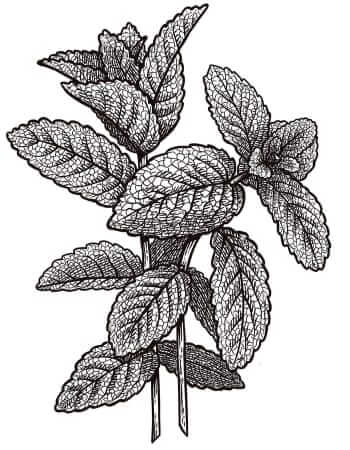
Mint
Sweet, fragrant, and great in a mojito or a marinade, mint is one of the easiest perennials to grow in virtually all climates. And it will grow all year round. While mint thrives in full sun, it will grow in partial shade as long as the plant is provided regular waterings. Being that this herb is considered invasive, we’d recommend that you plant it in its own container.
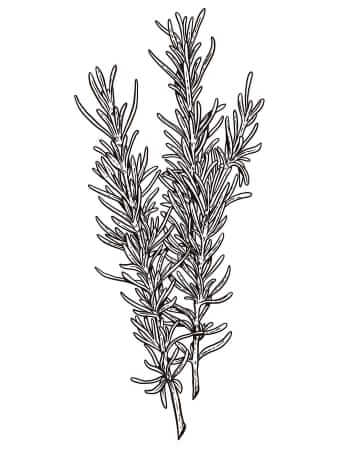
Rosemary
This evergreen shrub is also one of the most low maintenance and versatile herbs to grow. This herb grows native in the Mediterranean, Northern Africa and Southern Europe but it’s been introduced to areas such as Mexico and Texas. It can tolerate temperatures down to 10° F, but prefers warmer tropical climates. Rosemary requires a full six to eight hours of full or partial sunlight. Toss rosemary into soups, use a sprig to stir cocktails or mince it and rub onto poultry.
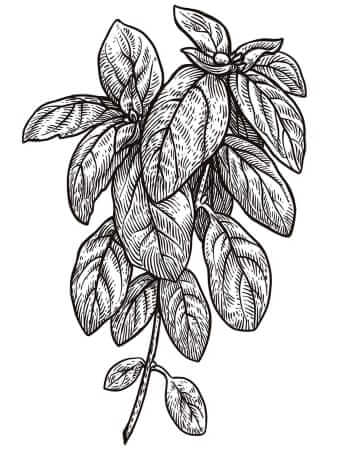
Basil
Being from the same family as mint, it’s no wonder that this grows just as easily. Plant this in the Spring to ensure you have enough for Summer pestos, pastas, sandwiches and Caprese salads. This plant thrives in sunlight so it would do best when set on a south-facing window sill. Being an annual herb, this requires you to grow it every season.
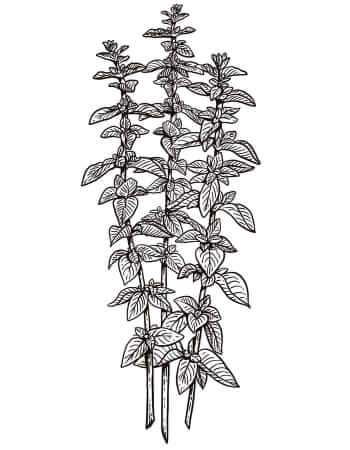
Oregano
Let’s call it basil’s kid brother, oregano is revered for its antioxidant/antibacterial properties and its peppery pungent flavor in Italian, Spanish and Cajun dishes. Basically, if it has olive oil in, you want some fresh oregano. This is also an easy perennial to grow. While this can grow in full sun, it can be burned in extremely hot climates so we’d recommend partial shade. Unlike other herbs, oregano does not require much water so only water when the soil dries and empty the collected water from the drip tray after each watering.
Read the original article here



